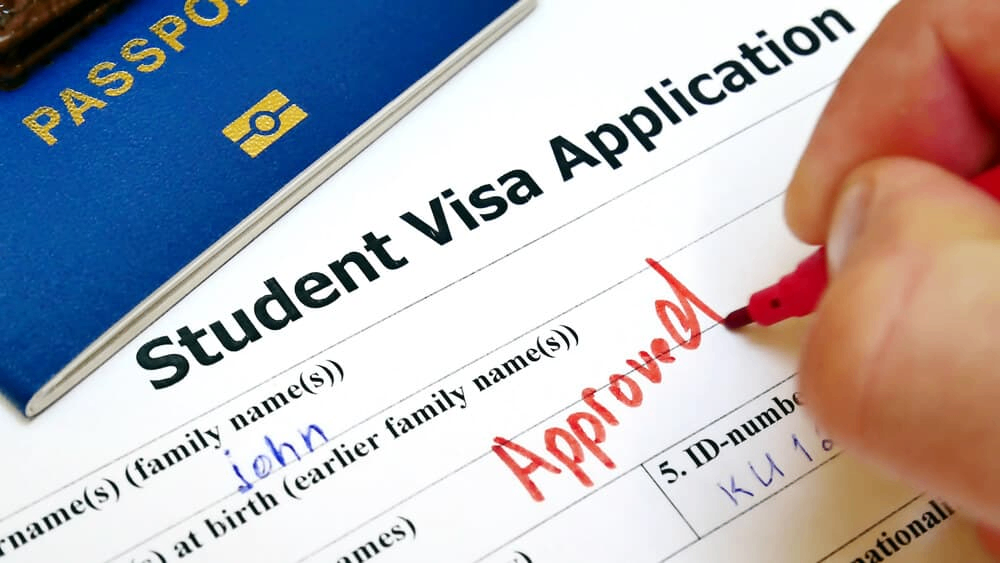Planning to pursue your education overseas can be an exciting and life-changing decision. Among the top choices in Asia, China and the Philippines stand out for their excellent universities, cultural richness, and growing international student populations. But before you can take your first class, there’s one critical step to take—getting the right student visa.
This article breaks down the visa application process for each country, helping you prepare for your academic journey with confidence.
🇨🇳 Student Visa Options in China
With globally recognized universities and an increasing number of programs offered in English, China is becoming a top destination for international students. To study there, foreign students must apply for one of two types of visas based on their course duration.
📌 What You’ll Need:
To apply for a student visa in China, you must submit:
A passport valid for at least six months with blank visa pages
A completed visa application form
A recent passport-size photo
An admission letter from the university in China
A JW201 or JW202 form, which verifies your acceptance as a foreign student
Proof of residency status, if applying from a country other than your nationality
🔍 Tip: Students with an X1 visa must convert it to a Residence Permit within 30 days of arriving in China.
For complete and updated guidelines, visit the Chinese Embassy’s Visa Section or refer to API Abroad’s visa guide.
🇵🇭 Applying for a Student Visa in the Philippines
Known for its use of English in instruction and welcoming academic environment, the Philippines is a popular destination for students from Asia, Africa, and the Middle East.
🛂 The 9F Student Visa:
This visa is intended for foreign students aged 18 and older who plan to take full-time courses at colleges or universities accredited by the Commission on Higher Education (CHED).
📌 Requirements Include:
A valid passport (minimum of six months beyond your intended stay)
A filled-out application form
An official Notice of Acceptance (NOA) from a recognized Philippine institution
A medical certificate and lab test results, including a chest X-ray
A certified academic record from your previous school
A personal background statement
🔍 Note: Those joining short-term or non-degree programs might instead need a Special Study Permit (SSP).
You can find detailed instructions through the Philippines Bureau of Immigration or via this UP Diliman Student Visa Guide.
✅ Helpful Reminders When Applying
Start early – Begin your visa application well in advance of your intended travel date.
Double-check requirements – Every embassy may have slight variations in what they need.
Make backup copies – Always have both original documents and duplicates on hand.
Health checks may be required – Be prepared for medical tests or interviews depending on the country.
Follow post-arrival instructions – Some visas require registration or conversion once you arrive.
🎓 Final Thoughts
Whether you're aiming to study Mandarin in Shanghai or pursuing a degree in Manila, understanding the visa process is a key step in your study abroad journey. Each country has its own procedures, but with the right preparation, you’ll be ready to start this exciting new chapter.
📚 References
Wang, Y. (2025, April 1). The 10 richest Chinese billionaires 2025. Forbes. https://www.forbes.com/sites/ywang/2025/04/01/the-10-richest-chinese-billionaires-2025/




 ${ lang === 'zh' ? '中文': 'ENG' }
${ lang === 'zh' ? '中文': 'ENG' }




 ${ lang === 'zh' ? '中文': 'ENG' }
${ lang === 'zh' ? '中文': 'ENG' }
 ${formatTime('2025-04-21 17:47:27', 2)} ${formatTime('2025-04-21 17:47:27', 3)}, ${formatTime('2025-04-21 17:47:27', 1)}
${formatTime('2025-04-21 17:47:27', 2)} ${formatTime('2025-04-21 17:47:27', 3)}, ${formatTime('2025-04-21 17:47:27', 1)}
